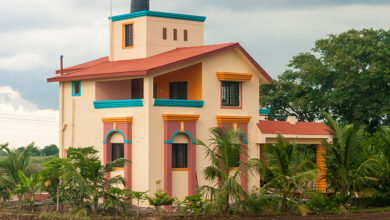How to grow vegetables in different types of small gardens
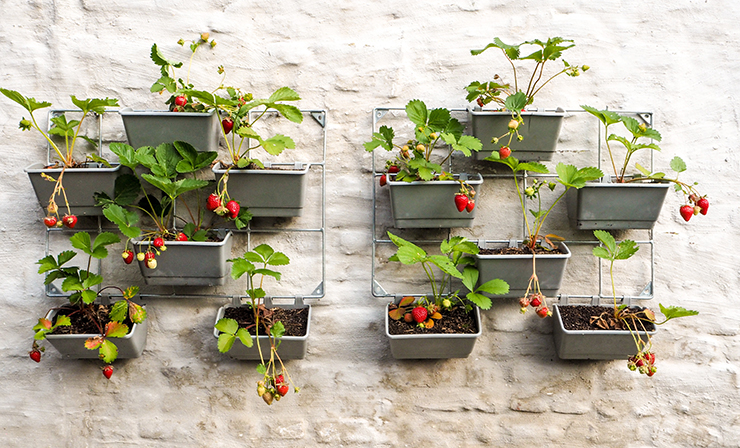
A staggering one in eight British households don’t have a garden according to the Office for National Statistics. However, urban micro-gardening is a flourishing trend among the uptake in home improvement projects enabling more people with no or small gardens to enjoy homegrown vegetables. A small vegetable garden could consist of raised beds and containers or window boxes and planters on balconies. What’s important is choosing the right plants for small gardens. Growing companion plants together is a good idea if you’re short of space. For example, having a container dedicated to lettuce, onions and tomatoes.
So what are your options for creating your own small vegetable garden?
Start a vegetable patch
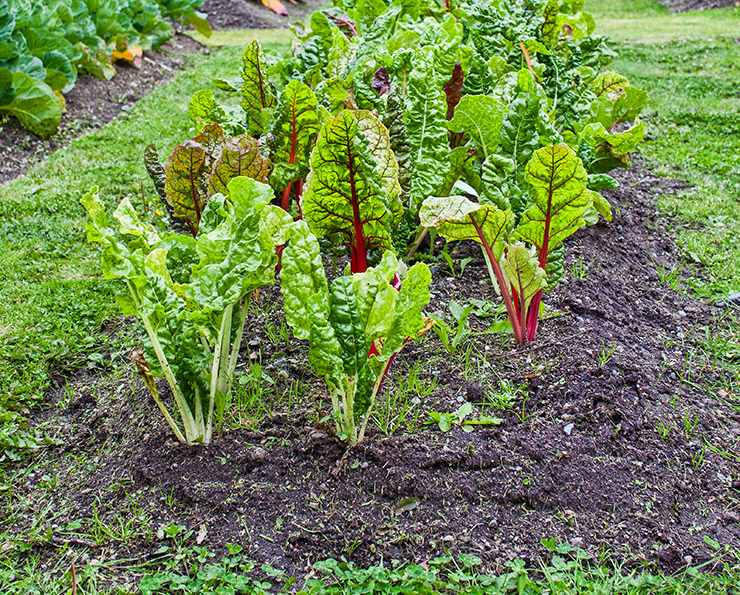
You could pick an area of your small garden to create a vegetable patch. First pick the right spot. It should be sunny with good drainage. Then prime the area for vegetable planting by digging over the soil thoroughly, weeding it well, removing any stones and nourishing it with compost. With that done, your vegetable patch is ready for seeding.
Growing vegetables in raised beds
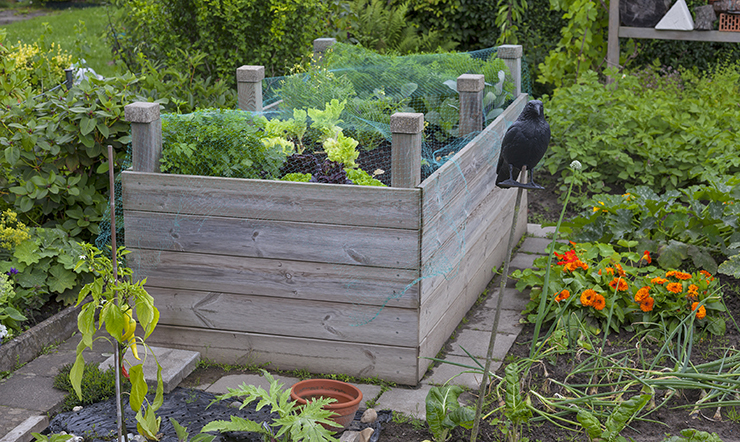
Raised beds are another great option for small gardens. Make sure to nourish the soil and secure good drainage. The warmth and good drainage means you can plant earlier in the season than with other micro vegetable gardens. However this isn’t the right set up for all vegetables. Stick with the salads and leafy plants and avoid tall plants especially ones that need support like tomatoes and runner beans.
Growing vegetables in pots & containers
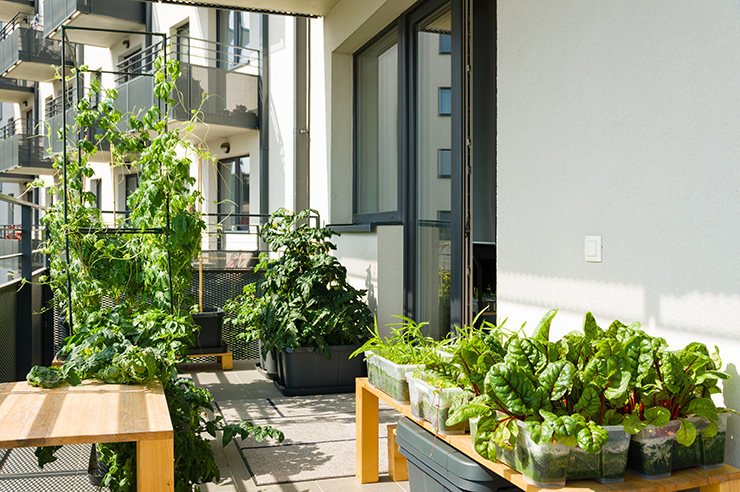
Pots and containers expand planting space so they’re a perfect solution for urban micro gardens. For vegetables to thrive in this environment a spacious pot is needed which is at least 12 inches deep and 10 inches wide. Moving pots around to access the right conditions is important so keep the weight light. Other considerations for container gardens is good drainage and using potting mix soil to achieve the best results.
Growing vegetables in a greenhouse
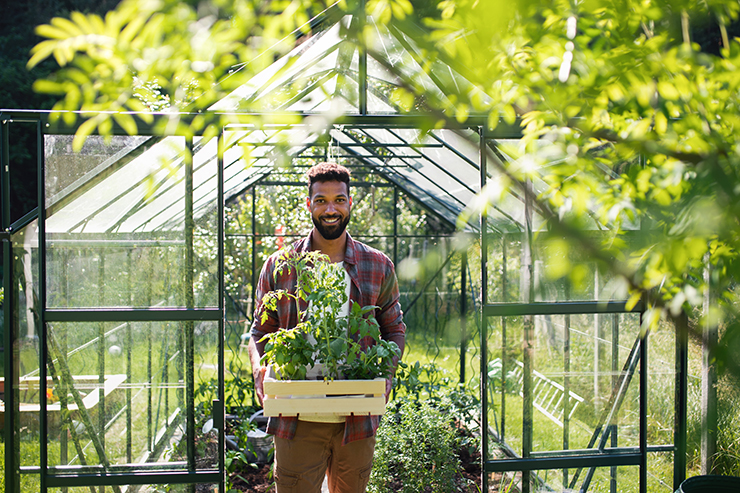
If your planting areas are limited, growing vegetables in a greenhouse could be a good alternative. However, this setup is not the same as other pots and containers. Greenhouses can become humid very quickly so manage the humidity levels and water plants regularly. Often fertilisers are required too. As with the raised beds, not all vegetables can grow in greenhouses. Tomatoes, squashes and leafy greens are the best candidates.
What to do next if you want to grow your own vegetables
Once you have chosen the best small garden for your needs, follow these best practices for how to grow vegetables at home. Always check the calendar to work out what vegetables grow best when. Even urban micro gardens revolve around the seasons. Be prepared to get your hands dirty with digging, planting and weeding. Pick your vegetables according to the conditions of your small garden.
If you need support getting your small vegetable garden up and running, you can hire a professional gardener or tradesperson.
Find the perfect helper for your set up over on Rated People so you can enjoy plenty of fresh and tasty homegrown vegetables this summer.
